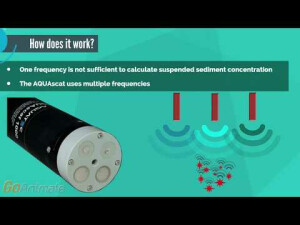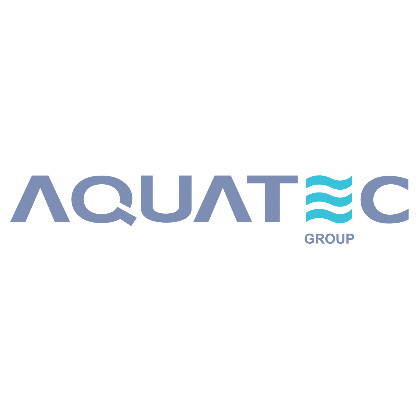

Description
Aquatec has a long history of innovation and was founded in 1990 by the current managing director as a specialist consultancy in oceanographic design. Since then, the company has established a diverse portfolio of products for the measurement of oceanographic and process parameters, as well as establishing a range of services including instrument and communication design. Suspended sediment measurement has been a core element of our product offering for over 20 years. The AQUAscat range are market leading instruments that use multi-frequency acoustics to observe profiles of suspended sediment concentration up to 10m in range.
Specifications
-
Suspended sediment profiler
-
Sediment Range
Sensitive to a wide range of grain sizes Size inversion typically feasible for 20 μm to 500 μm radius Typically 0.01 g/l to 20 g/l over 1 m, or more over shorter range
Frequency
Up to 4 frequencies, from 300 kHz to 5 MHz
Transducers
Typically Ø10-25mm ceramic discs (beam width according to frequency), with other optional configurations.
Transducer arrangement
Individual cabled transducers
Gain
Software controlled transmitter and receiver gain adjustment
Range
150 cm (typical), up to 10 m at frequencies below 2MHz depending on options.
Transmitted signal
1 W rms typical transmit CW pulse, pulse length to match cell size.
Transmission rate
128 Hz max pulse rate for each frequency (i.e. 512 pulses per second for four), subject to acoustic range limits. Minimum rate 1 Hz for calibration.
Data averaging
Cell ensembles averaged over time by powers of 2 up to 64 before storage
Range cells
256 cells. 2.5 mm, 5 mm, 10 mm, 20 mm and 40 mm at 1500 m/s speed of sound. Start/end range set by software
Burst duration
Defined by number of profiles requested
Burst trigger
Either external hardware trigger when required or internal software trigger at regular intervals
Burst interval
Internally generated from once every minute to once every 255 minutes, user definable start time of first burst
Trigger output
A digital output allows triggering of external instruments
Power requirement
8 V to 24 V dc. Typically 1 W when logging, and with standby of typically 1 mW when not logging.
Battery packs
Internal alkaline battery pack gives up to 10 days typical deployment. External battery packs available according to deployment needs.
Disk storage
Compact Flash (proprietary format). 8 GB standard.
Additional sensors
Built-in temperature and pressure, optional turbidity
Data comms
RS232 up to 115 kbaud; USB 1.1 typically 2-3 Mbaud
Housing options
1000m rated aluminium alloy housing. Greater depths available as custom instruments.
Software
AQUAtalk for AQUAscat for logger interaction AQUAscat toolkit for data processing

